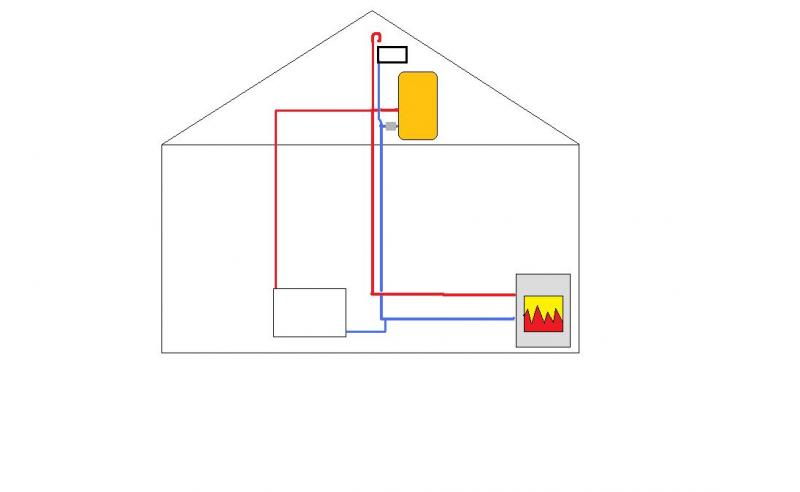Hi sambotc
I have gone round the rads, to balance them myself, and I did not find it made much difference, I also knew which is the flow and return, as I fixed them in the first place, many years ago, and I had also marked them for the heating engineer, to save him time checking them out.
I have also tried turning the rads off in the lounge, and the others got warmer,in other rooms, BUT, it went a lot cooler in the lounge, even with the stove on, you see, when I put the gas boiler on, all the rads get warm and in about half to thee quarters of an hour, all the bungalow gets comfortable,and that is only on the second setting I have had it on the third setting and it really gets warm, for me anyway,
if the stove got the rads as hot as the gas boiler, I would be a happy man.
I will try turning down the pump speed in the morning and light the stove
to test your theory out.and will let you know.
pioner
I have gone round the rads, to balance them myself, and I did not find it made much difference, I also knew which is the flow and return, as I fixed them in the first place, many years ago, and I had also marked them for the heating engineer, to save him time checking them out.
I have also tried turning the rads off in the lounge, and the others got warmer,in other rooms, BUT, it went a lot cooler in the lounge, even with the stove on, you see, when I put the gas boiler on, all the rads get warm and in about half to thee quarters of an hour, all the bungalow gets comfortable,and that is only on the second setting I have had it on the third setting and it really gets warm, for me anyway,
if the stove got the rads as hot as the gas boiler, I would be a happy man.
I will try turning down the pump speed in the morning and light the stove
to test your theory out.and will let you know.
pioner


